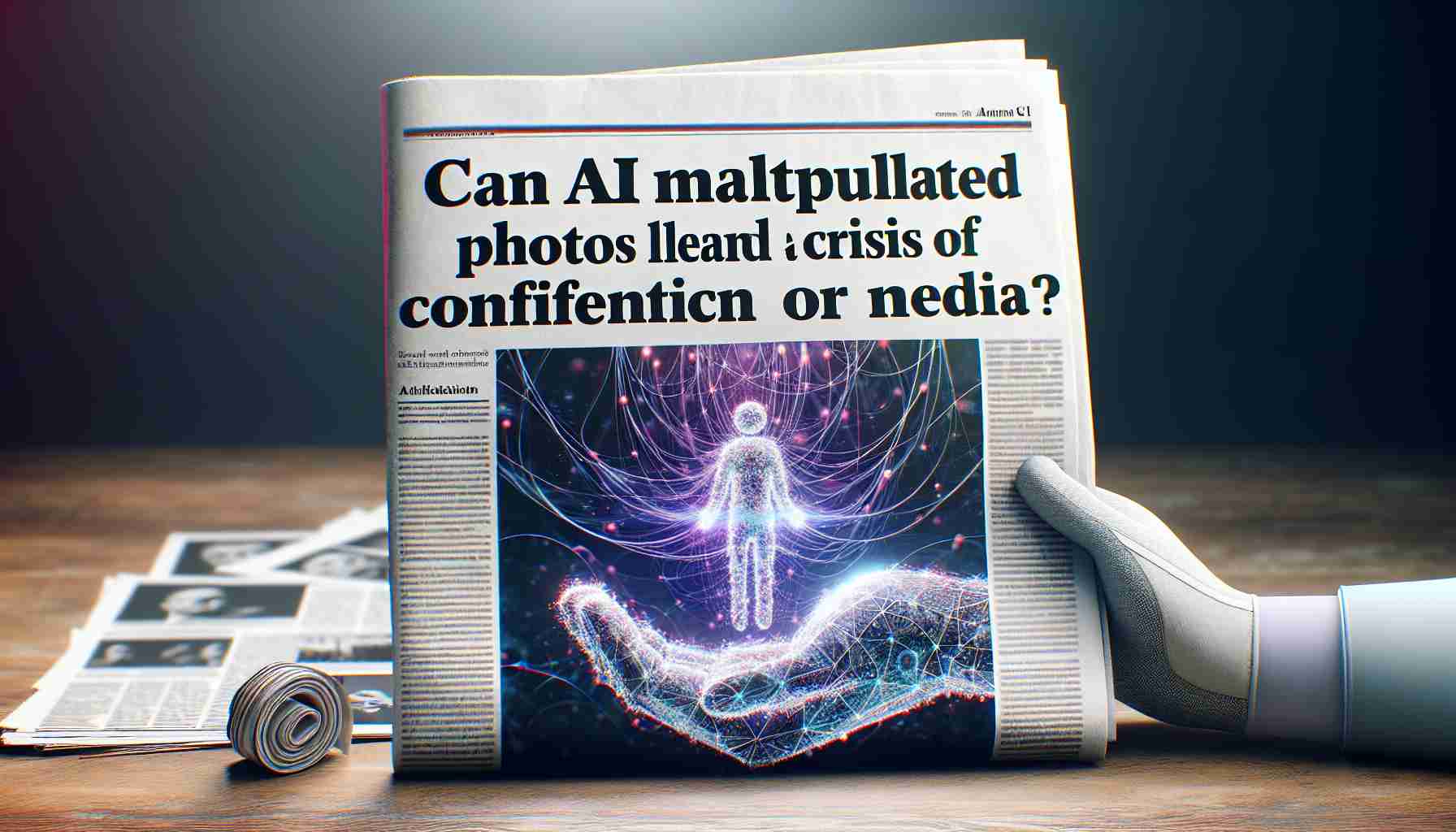The British royal family has long been skilled at controlling their image and captivating the public, with their televised weddings and elaborate ceremonies. However, a recent incident involving manipulated photos has sparked a crisis of confidence in the communications industry and raised questions about the legitimacy of images released by trusted institutions.
While it has not been confirmed that the photo released by Kate Middleton was manipulated using AI, the public reaction to the controversy underscores the growing erosion of trust in media. Rebecca May, founder and director of a London-based PR firm, highlights the concern that people are beginning to doubt what they see and question the trustworthiness of authoritative organizations.
So, what exactly happened with Kate Middleton and these manipulated photos? In mid-January, Kensington Palace announced that the princess would be out of the public eye for “planned abdominal surgery.” However, conspiracy theories arose, especially after the release of three photos believed to be doctored.
One photo showed a pixelated image of a woman believed to be Kate in a car with her mother. Another photo, released by Kensington Palace, featured Kate with her three children, and the authenticity of this image was called into question. The following day, Kate herself released a statement confirming that she had edited the photo.
The controversy surrounding the manipulated photos of Kate Middleton is just the tip of the iceberg when it comes to media mistrust. While editing photos to enhance appearances has been a common practice for decades, the advent of AI technology has taken image manipulation to a new level. Generative AI can now create entirely fabricated and believable scenes, blurring the line between reality and fiction.
The proliferation of AI manipulation poses a significant challenge for public trust. Georgia O’Brien-Perry, a digital PR manager, points out that the growing sophistication of AI means that fabricated images are becoming increasingly indistinguishable from real ones. When a high-profile figure like Kate Middleton is accused of AI forgery, it raises the question of how we can trust any image at all.
The incident with Kate Middleton demonstrates the potential ramifications of AI manipulation and the need for a more thoughtful approach. David Thalberg, president of a marketing and PR firm, believes that as AI becomes more widely used, we can expect to see more corrections and controversies arise. While AI offers incredible potential in various industries, including media and communications, it is crucial to approach its implementation with caution and ethical considerations.
Some professionals argue that we must come to terms with the reality of AI-generated or manipulated photos. Jonathon Narvey, CEO and founder of a PR agency, believes that media outlets will have to accept AI-generated images for breaking stories and famous individuals. However, this acceptance may come at the price of a dystopian future where authenticity is increasingly elusive.
As AI continues to shape the future of business and media, it is essential to address the implications and ethical concerns associated with image manipulation. The incident involving Kate Middleton serves as a stark reminder that trust in media and authoritative institutions is at stake. Only by navigating the ethical challenges and ensuring transparency can we maintain confidence in the images and information we encounter.
Frequently Asked Questions:
1. What caused the crisis of confidence in the communications industry?
– The crisis of confidence was sparked by an incident involving manipulated photos of Kate Middleton, leading to doubts about the legitimacy of images released by trusted institutions.
2. How were the photos of Kate Middleton manipulated?
– Three photos released by Kensington Palace were believed to be doctored. One featured a pixelated image of a woman believed to be Kate in a car with her mother, and the authenticity of another photo showing Kate with her three children was called into question. Kate herself confirmed that she had edited the latter photo.
3. What is the role of AI in image manipulation?
– The advent of AI technology has taken image manipulation to a new level. Generative AI can now create entirely fabricated and believable scenes, blurring the line between reality and fiction.
4. What are the implications of AI manipulation for public trust?
– The growing sophistication of AI means that fabricated images are becoming increasingly indistinguishable from real ones. When high-profile figures like Kate Middleton are accused of AI forgery, it raises doubts about the trustworthiness of any image.
5. How should AI manipulation be approached?
– It is crucial to approach the implementation of AI with caution and ethical considerations. While AI offers incredible potential in various industries, including media and communications, its use should be guided by transparency and ethical practices.
Key Terms:
– AI: Artificial Intelligence, the simulation of human intelligence in machines.
– PR: Public Relations, the practice of managing the spread of information between an organization and the public.
Suggested Links:
– Kensington Royal
– BBC News
– The New York Times
The source of the article is from the blog kunsthuisoaleer.nl

